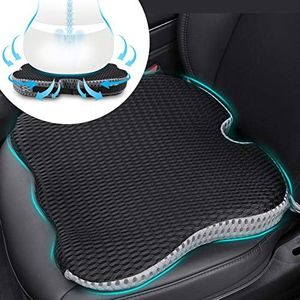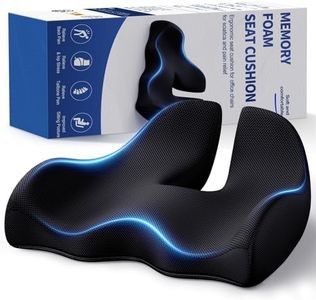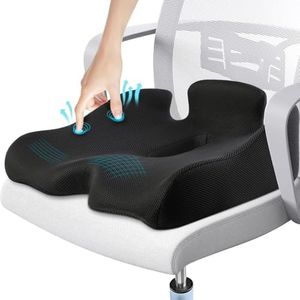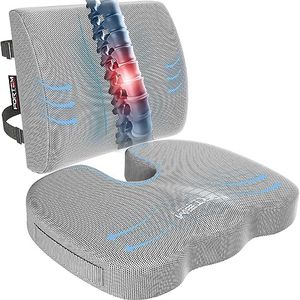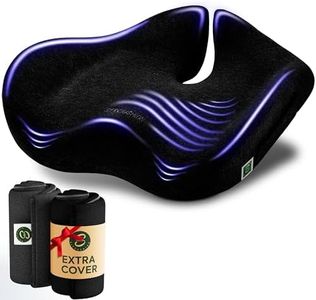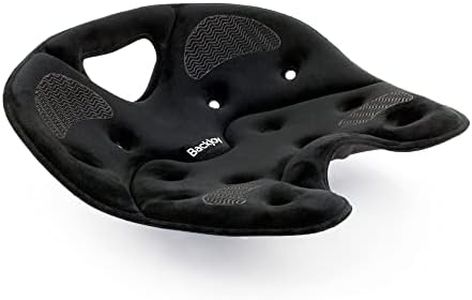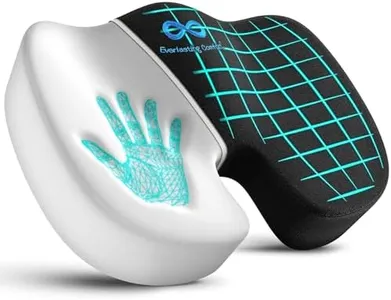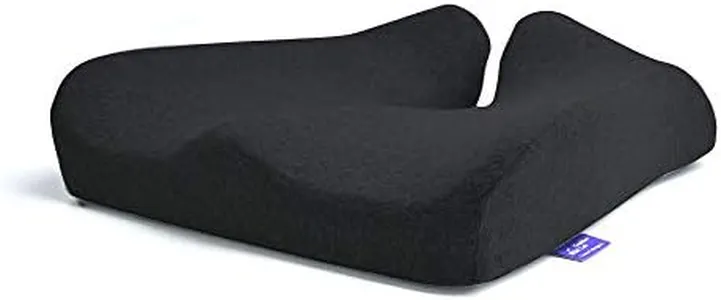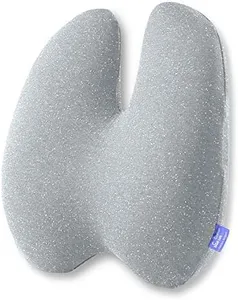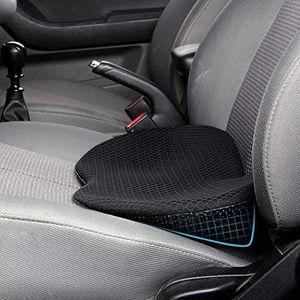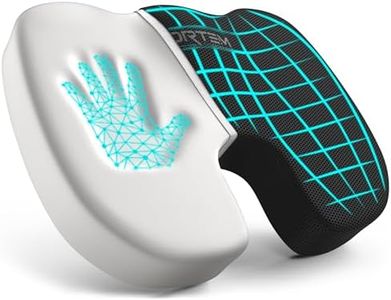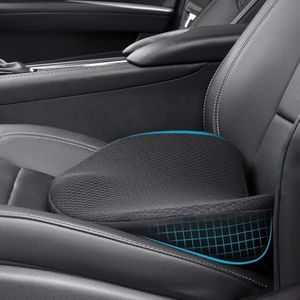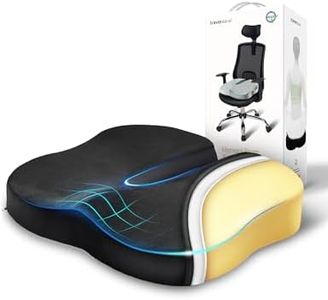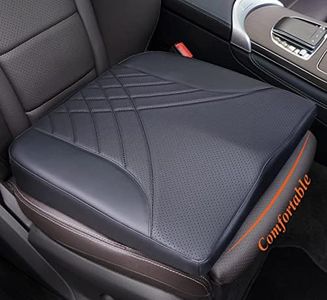We Use CookiesWe use cookies to enhance the security, performance,
functionality and for analytical and promotional activities. By continuing to browse this site you
are agreeing to our privacy policy
10 Best Seat Cushions For Back Pains
From leading brands and best sellers available on the web.Buying Guide for the Best Seat Cushions For Back Pains
Choosing the right seat cushion for back pain can make a significant difference in your daily comfort and overall spinal health. The goal is to find a cushion that provides enough support to your back and tailbone, encourages good posture, and reduces pressure on sensitive areas. There are different types of cushions designed for various situations, including office chairs, car seats, or even wheelchairs. Knowing your specific pain points and how much time you spend sitting will help guide your decision.MaterialThe material of a seat cushion affects both comfort and support. Common materials include memory foam, gel, and high-density foam. Memory foam slowly molds to your body, offering customized support and pressure relief, which can be great if you have chronic or long-term pain. Gel cushions often remain cooler and can help with heat build-up, making them a good choice for long sitting sessions. High-density foam offers firmer support, which may suit people who need more posture correction. To find the best material for you, consider how soft or firm you prefer your seat to feel and whether you need extra cooling.
Shape and ErgonomicsThe shape and ergonomic design of a cushion determine how well it supports natural spine alignment. Common shapes include U-shaped cushions for tailbone (coccyx) relief and wedge shapes for promoting a forward-leaning posture. A flat cushion may be more versatile but might not give targeted relief. If your primary concern is lower back or tailbone pain, look for a contoured cushion with a cutout to reduce direct pressure. If you want to improve your posture, a wedge shape can encourage healthy spine alignment. Consider your specific pain area and your seating habits when choosing the shape.
Thickness and FirmnessThickness and firmness affect how much support the cushion provides and how comfortable it feels over time. Thicker cushions generally offer more relief for people who sit for long hours but may make your seat feel higher. Firmer cushions provide better support and are less likely to flatten over time, while softer ones may feel more comfortable initially but give less long-term support. If you are lightweight or use the cushion briefly, a thinner and softer cushion might suffice. For heavier users or long-duration sitting, opt for a thicker and firmer model.
Cover and BreathabilityA cushion's cover and breathability play an important role in keeping you comfortable, especially in warm conditions. Removable and washable covers are helpful for keeping things clean, especially if you'll use the cushion daily. Breathable fabrics, like mesh, help reduce heat and sweat build-up. If you tend to get hot when sitting, prioritize breathable or cooling covers. If you're worried about spills or stains, a machine-washable cover is a must.
Portability and SizePortability and size refer to how easily you can move the cushion between different chairs or locations, and whether it fits your seat properly. Some cushions are light and compact, meant for travel or multiple uses, while larger ones might be designed for home or office chairs. Check the cushion's dimensions and weight, and think about whether you'll need to carry it or if you'll leave it in one place most of the time. If you need to move it between your car and desk, a lighter, smaller cushion is ideal; if it's for one specific chair, make sure it fits that seat well.
